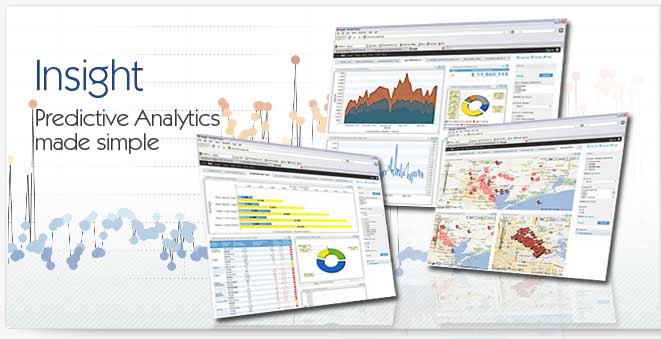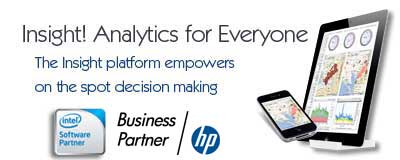Data Warehousing
Data Warehousing is the process of taking data from separate repositories to create a central storage area that contains the most critical data for the organization. This process of data warehousing, is a key foundation of implementing business intelligence. As companies grow, their data grows exponentially with them. The data that is vital to the organization is often stored in multiple separate databases that dont talk to each other. As these silos of data are created the process of accessing the right data for analysis becomes complicated and cumbersome, making data warehousing a necessity. Until very recently data warehousing has been the exclusive domain of enterprise companies, due to cost and complexity of data warehousing enabling technology. Tools like EMANIO Unite!, however, are beginning to make data warehousing easier to justify, plan, design and deploy.
Data Warehousing for mid-sized companies>
As mid-sized companies have had access to more data, the need for data warehousing in this market has grown. While enterprise data warehousing is a relatively well established market with plenty of available software vendors, the options for affordable data warehousing enabling solutions have traditionally been few and far between. Tools like Unite!, with support for multiple data base types and multiple file formats, provide mid-sized companies with mapping tools that make the adoption of data warehousing easier and significantly more affordable. There are a number of benefits to implementing data warehousing for the mid-sized business:
Data Warehousing helps aggregate data
Through the use of a central repository of data, companies can create data warehousing deployments where vital company information can be made readily available to anyone. This centralization of data (data warehousing) lowers costs and can result in productivity increases, key benefits of data warehousing.
Data Warehousing helps identify gaps in data
Through the use of data warehousing, companies can discover gaps in data that are caused by different systems. For instance, data warehousing could help identify differences in customer data stored in your CRM system vs. your ERP system.
Data Warehousing powers business intelligence
The most popular use of data warehousing is to power business intelligence software like our own Insight! predictive analysis tool. By centralizing all your key company data into one data warehousing project, its easier to perform business analysis that could save you tens of thousands of dollars, a key advantage of implementing a data warehousing solution.
Our Unite! data integration product facilitates data warehousing through an easy to use interface that provides a drag-and-drop means of mapping multiple data sets to a central data warehousing database. Unite! works with many file and database types, including MySQL - one of the most popular databases used in data warehousing. Unite! can process over 20,000 records per minute - the type of speed any data warehousing implementation must have in order to maintain optimal performance. Regardless of your data warehousing needs, it’s critical to remember that any successful data warehousing project is going to require planning, experience, a deep understanding of data integration and the right tools for the job.
|



